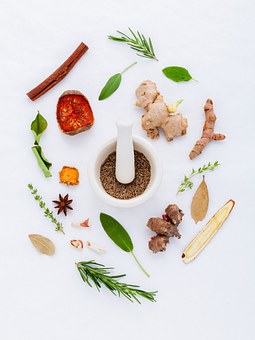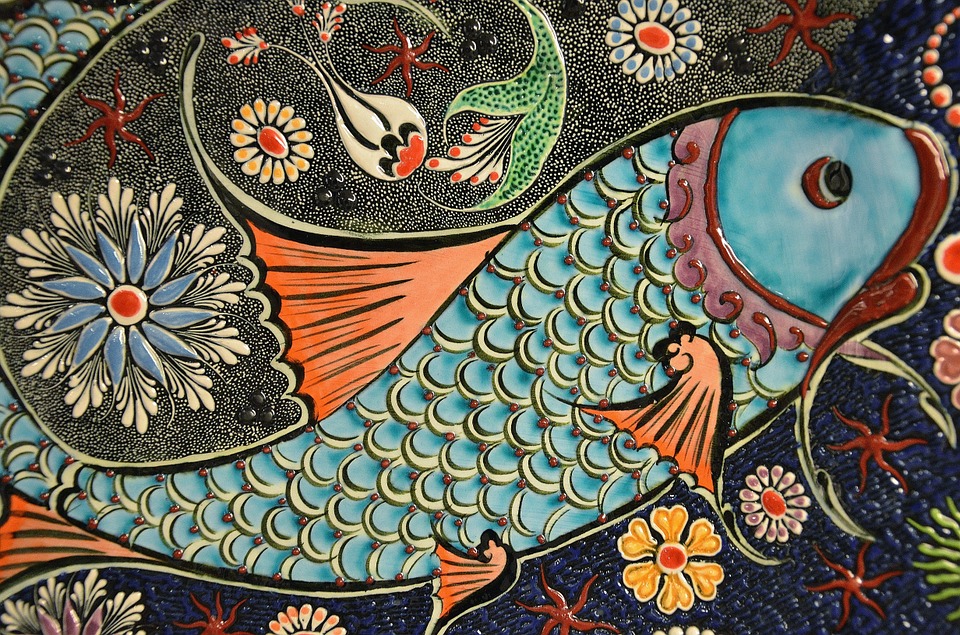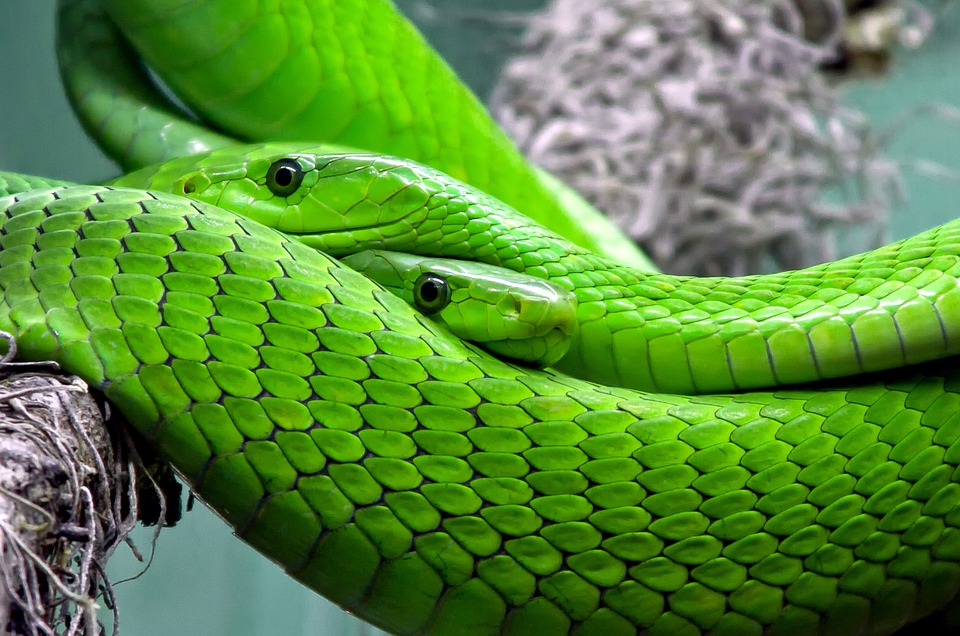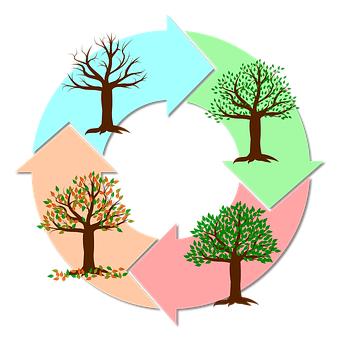Gentiana amarella
Gentian is a biannual that produces a rosette of leaves in the first year. Then in the second year a short flowering stalk (10-20cm) with small, purple, trumpet flowers appears. There are five petal-lobes with a white fringe at the throat, The leaves are lanceolate and clasp the stem. Flowers grow from the axil on a short stalk. Gentian flowers only in autumn, it is purple/violet but not blue, nor spotted. The Chiltern gentian (G. Germanica) is similar but with rather larger flowers.
Tag: year
Dan Shen
Salvia miltiorrhiza
The herb called the dan shen is a native of Mongolia and Manchuria in East Asia; it is a very hardy and tough perennial mint growing in large areas of East Asia – where it is cultivated for a variety of uses. The dan shen can reach up to thirty two inches or eighty centimeters tall, the oval leaves of the herb bear characteristic toothed edges and the
plant also has very distinctive clusters of purple flowers when in bloom. Herbal remedies are made mainly from the root of the dan shen which is normally harvested starting in the late autumn through to the early spring of the next year. The root of the dan shen is also very distinctive in morphology and is has a purplish-black and coarse interior, with the presence of numerous small white spots within its tissues.
Birch
Associated with Thor, probably in recognition of his role as an agricultural and fertility deity. Used in Purification rites. With the exception of the mysterious elder, the Birch is the earliest of the forest trees. The Birch is used extensively in cleansing rituals. Throughout europe, Birch twigs are used to expel evil spirits. Birch rods are also used in rustic rituals to drive out the spirits of the old year. Long associated with fertility and healing magic, birch twigs were used to bestow fertility on cattle and newlyweds, and children’s cradles were made from its wood.
Cotton
Gossypium hirsutum
Cotton – an annual herb or shrub 2 – 5 feet tall. Grayish-green alternate leaves, 2 – 6 inches long, are usually three-lobed. Cup-shaped flowers of cotton have large, showy, creamy white to yellow petals with a purple or red spot near the base. The fruit capsules (the boll) contain seeds covered with white hairs (the cotton fiber). Cotton produces flowers and fruit throughout most of the year.
Cherry Plum
Prunus cerasifera
Cherry plum is one of a large family of small flowering trees that includes many of the ornamental blossoms of the spring garden. Cherry plum grows 6-8m high though often it is trimmed for hedging when it suckers easily. The tree grows ragged with a rounded head, and it is generally without thorns. The leaves are oval (2-3cm), toothed and glossy green, appearing after the flowers. The flowers are stalked, pure white, five-petalled (20mm across), with numerous prominent stamens. The fruit, which only sets occasionally, is the color of ripe tomatoes. This is the first white blossom of the year. It comes out before the Damson or Sloe (P. spinosa) with which it might be confused-Sloe has smaller flowers, it is definitely spiked with thorns and has a black (Blackthorn) bark rather than the dull brown of Cherry plum.
Immat
Demonic god. Kafir [Afghanistan]. A deity to whom sacrifices were addressed in the Ashkun villages of southwestern Kafiristan. Legend has it that Immat carries off twenty virgin daughters every year. A festival includes blood sacrifice and dances by twenty carefully selected young priestesses.
Hung Sheng (holy one)
Guardian god. Chinese. A deity who protects fishing boats and their crews against danger at sea in the Southern Ocean. His role is similar to that of the goddess KUAN YIN. Little is known of the origin of Hung Sheng, but he was allegedly a mortal who died on the thirteenth day of the second moon, which falls two days before the spring equinox when the sea dragon king, Lung Wang, is believed to leave the ocean and ascend into the heavens. The god is propitiated with cakes made from the first grain of the year, on the fifth day of the fifth month and in some traditions he is seen as an aspect of the sea dragon king.
Herensugue
( Herren-Surge )
A Basque spirit in the shape of a seven-headed snake who must be appeased by offerings of human beings (in some stories) but in all it is like a dragon even able to fly when the need arises. It is written that it is born again and again. It grows one head for each year. On the seventh year, as the new head forms it leaps into the sky and falls into the sea with a great roar and steam arises for it is like a from an ember.
Your Birth Number by David Allen Hulse
Numerology , in addition to assigning three basic number values to the letters of a name, also assigns a birth date to one number, known as the birth number. The birth number reveals influences at birth which will shape the direction your life will take. The birth date is first converted to three basic numbers, one for the month, one for the day, and one for the year. These three dates are then added together and reduced to a single number between 1 and 9.
An Introduction to the Wheel of the Year
Lesson 01
Focus
The Wheel of the Year is the name given to a cycle of eight seasonal festivals spaced approximately every six weeks throughout the solar year. Depending upon where you are from, or what religious or magical tradition you observe, you might also know these celebrations as the Eight Great Festivals, the Greater and Lesser Sabbats, or the Quarter and Cross-Quarter Festivals.







